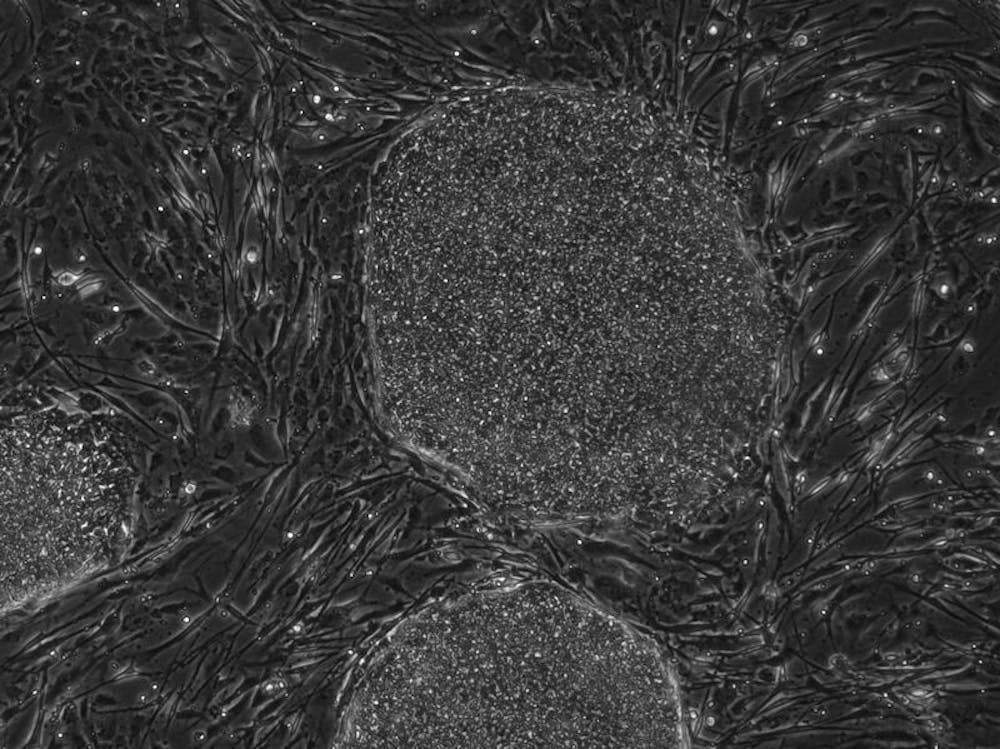The field of stem cell research is an area rich with discovery and hopes, especially within the past decade. The use of stem cells has demonstrated exponential growth in its ability to provide solutions to various health issues, which include treatments for healing burns without scarring and stem cell implants for individuals with heart disease.
Stem cells may be differentiated into a totipotent or pluripotent category, but while both types are able to give rise to the cells that comprise the body, only those that are totipotent can develop the extra-embryonic tissues.
Researchers from the Salk Institute and Peking University have discovered a chemical cocktail that allows stem cells retrieved from mice and humans to develop embryonic and extra-embryonic tissues.
Their discovery suggests advancements in disease and early developmental process modeling, drug discovery and tissue regeneration.
“During embryonic development, both the fertilized egg and its initial cells are considered totipotent, as they can give rise to all embryonic and extra-embryonic lineages,” Juan Carlos Izpisua Belmonte, professor at the Salk Institute, said in a press release. “However, the capture of stem cells with such developmental potential in vitro has been a major challenge in stem cell biology.”
“This is the first study reporting the derivation of a stable stem cell type that shows totipotent-like bi-developmental potential towards both embryonic and extra-embryonic lineages.”
Due to the early nature of divided cell segregation, until recently scientists have had difficulty preserving the stability of cells prior to their separation. The cultivated chemical cocktail provides an opportunity for scientists successfully to obtain cells that still have the ability to develop into either embryonic or extra-embryonic tissue.
The scientists at the Salk Institute call these cells the extended pluripotent stem (EPS) cells.
“The discovery of EPS cells provides a potential opportunity for developing a universal method to establish stem cells that have extended developmental potency in mammals,” Jun Wu, senior scientist at the Salk Institute, said in a press release. “We are now testing to see whether human EPS cells are more efficient in chimeric contribution to pigs, whose organ size and physiology are closer to humans.”
In order to make the “chemical cocktail,” the team searched for compounds that appeared to support pluripotency and came up with a mixture of four chemicals and a growth factor.
The mixture allowed the cells to provide greater contribution to chimera formation in a mouse embryo and allowed mouse cells to create embryonic and extra-embryonic tissue types.
This discovery by the scientists of the Salk Institute and Peking University may lead to many potential advancements in topics such as in vitro fertilization techniques and human organ cultivation in pigs. The combination of the EPS cells and the interspecies blastocyst complementation platform may be the future for donor organs.

















